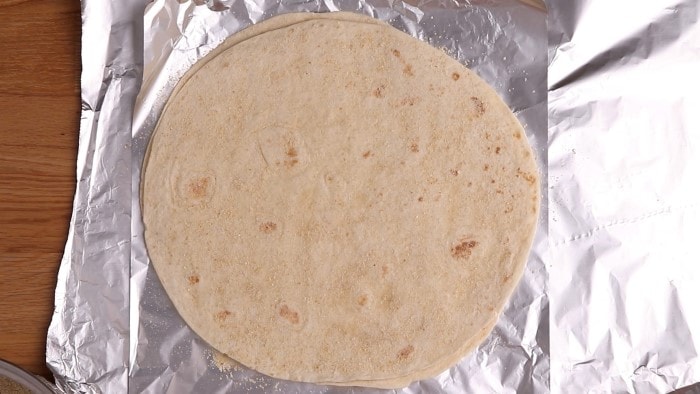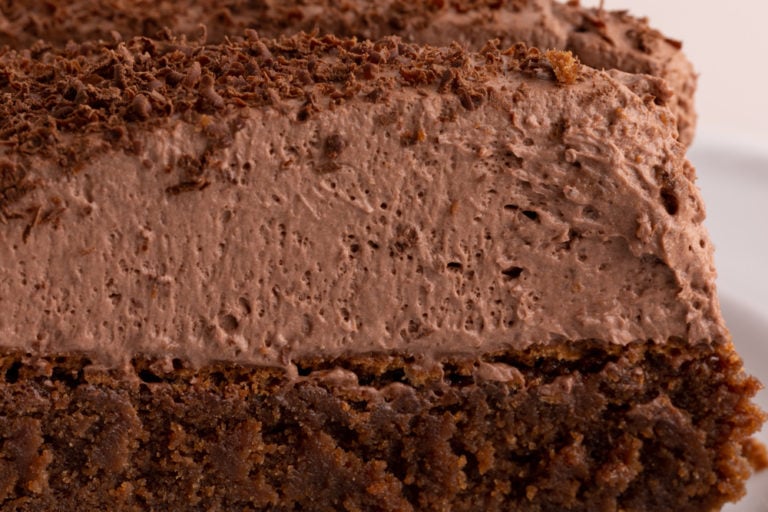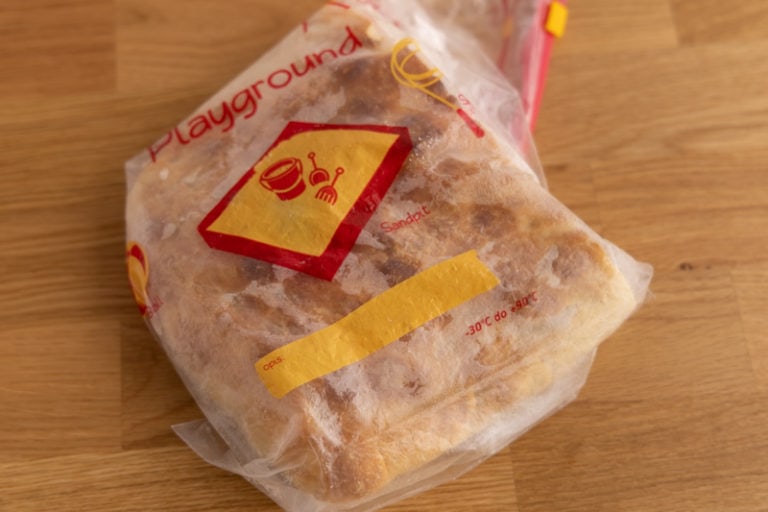How Long Do Tortillas Last and How to Tell if They’re Bad?
Here’s all you need to know about the shelf life and spoilage of tortillas. Learn how long tortillas last, if you need to refrigerate them, and when to toss them.
Got a half-open package of tortillas and wondering how long they’ll retain quality? How long do tortillas last?
Or maybe you’re not quite sure where and how you should store your tortillas after opening. Should you refrigerate them or not?
Sounds familiar?
If so, you’re in the right place. Read on.
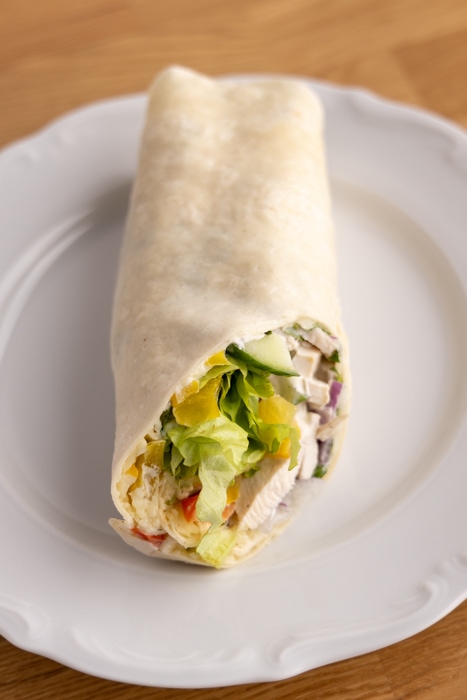
How Long Do Tortillas Last?
| Pantry | Fridge | |
|---|---|---|
| Tortillas (sold unrefrigerated) | Best-by + 1 week | Best-by + 3 weeks |
| Tortillas (sold refrigerated) | Sell-by + 1 week | |
| Homemade tortillas | 1 week |
Tortillas come with a best-by or sell-by date that’s 15 to 45 days after the production date and typically keep for a week or so past the printed date. If the brand doesn’t recommend refrigeration, you can get a few extra weeks of storage by keeping them in the fridge.
That’s the gist of it.
The exact period depends on whether it’s a corn or flour tortilla and differs slightly between brands. So the best place to start is to find the date printed on the label and add maybe a week or so to it.
Tortillas aren’t known for their long shelf life, so they won’t last who-knows-how-long, even if the bag is unopened and you refrigerate them.
(I’ll address the confusion around whether you should refrigerate unopened tortillas later.)

After Opening
After opening, tortillas retain quality at least up until the date printed on the label if you seal them well and store according to the manufacturer’s recommendations. In most cases, that means refrigerating them but check the label of yours to confirm
In other words, opening the bag doesn’t change that much in terms of storage time, assuming that you wrap the leftovers well. If not, they’ll stiffen or grow mold prematurely.
Some brands don’t require refrigerating tortillas even after opening the package. And while you’re certainly free to leave the wraps at room temperature, if you decide to place them in the fridge, you should get a few extra weeks of storage time.
As usual, it’s impossible to give exact periods, as every brand’s formulation is slightly different and stores a bit longer or shorter.
Generally, if you need to store them beyond the printed date, it’s best to freeze tortillas. This way, you’ll never find them completely stiff or moldy.
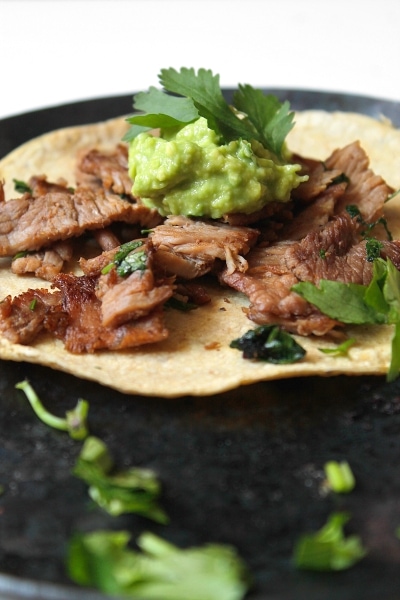
Homemade Tortillas
Homemade tortillas retain quality for about 3 days at room temperature or about a week in the fridge. If that’s not enough, you can always freeze them for a few months.
There are hundreds of tortilla recipes online and in various cookbooks. There are corn tortillas, flour tortillas, gluten-free tortillas, whole wheat tortillas, and everything else in between.
But that doesn’t mean you need to remember the storage time for each recipe you like. Instead, you can use the recommendation about as a rule of thumb and use it for all plain tortillas that you cook.
That said, if you’re making green tortillas (like spinach tortillas) or any other tortillas that use perishable ingredients (like the mentioned spinach), refrigerate any leftovers and use them within 3 to 4 days. If you need more time, you can always freeze them.
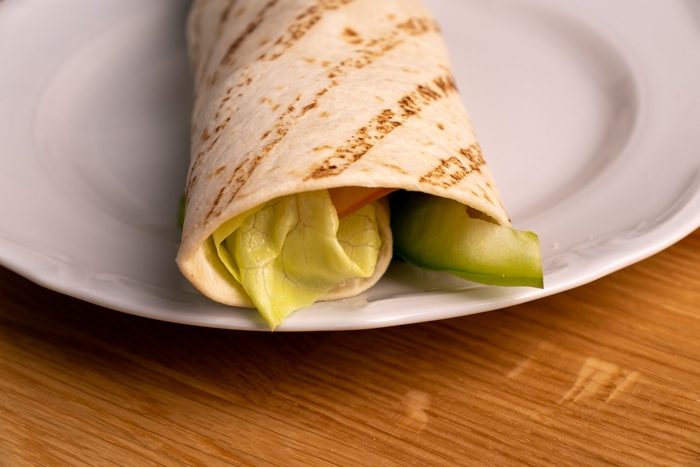
Do Tortillas Need to Be Refrigerated?
Most brands don’t require you to refrigerate tortillas, but it’s worth doing anyway, as tortillas stored in the fridge retain quality for a few weeks longer than if left at room temperature.
Or you can move any leftovers to the fridge after first opening the package. That’s what many tortilla brands recommend.
While most flour-based products, like bread or baguettes, can be stored at room temperature, tortillas are a bit different due to their slightly higher water content.
Generally, you should store unopened tortillas the same way they were stored in the store.
If the package sat in the refrigerated section, make sure you put it in the fridge once you get home. But if it wasn’t, a cool and dry place away from heat sources and light is good enough. A dark cabinet in the pantry or kitchen is a great choice.
Every tortilla producer uses their own somewhat unique formula. Some add preservatives to help them last longer. Others go with simple ingredients and no extras, and those brands often ask you to refrigerate their tortillas.
Because of that, it’s best to stick with the recommendation on the label.
If the label doesn’t specify how to store it, you can chuck the unopened package into the fridge. Tortillas better retain freshness at low temperatures.

Storing Tortillas After Opening
Once you open the pack, make sure the leftover tortillas are well-wrapped. If the original packaging is resealable, use it. Otherwise, use freezer bags or wrap the remaining tortillas in plastic or aluminum foil. The less air is nearby the wraps, the longer they stay fresh.
As mentioned already, refrigeration helps tortillas retain quality for longer. So even if the brand doesn’t ask you to place their product in the fridge, it’s probably best to do so if you want it around for longer than a week or so.
If the tortillas are already prepared (or stuffed), airtight containers work great.
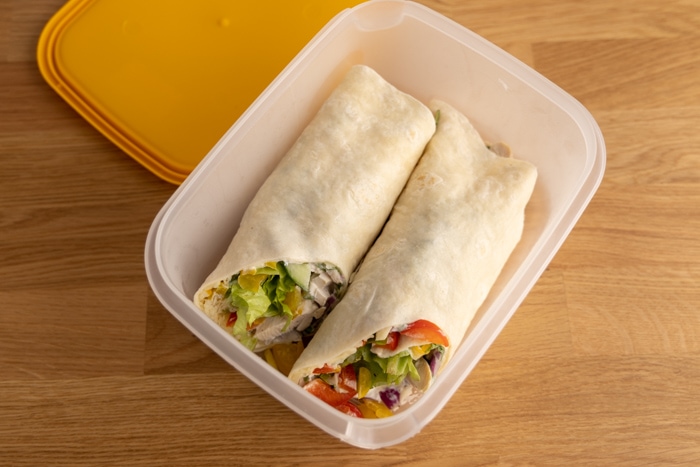
How to Tell if Tortillas Are Bad?
Tortillas go bad, and the two ways they typically spoil are stiffening and developing mold.
Stored long enough, pre-packaged tortillas can grow mold, even if they’re still unopened. That’s more common if you leave the wraps at room temperature.
The second way is stiffening, which is a result of water loss that occurs over time.
The water that evaporates from your tortilla might end up as water drops on the wrap’s surface. And those drops are what might accelerate or cause mold growth.
So when checking your tortillas, start by looking for any visual signs of spoilage, such as mold, dark specs, or discolorations on the surface.
If there’s nothing unusual there, give the wrap a good whiff. If it smells off in any way, it’s no good.
Finally, check if they’re good enough to eat.
If you store yours in the fridge, they might be slightly dry. If that’s the case, try wrapping them with damp paper towels and microwaving for 10 to 20 seconds. Or spritz them with a bit of water before reheating them on the stove.
In short, you want to ensure they aren’t too dry or stiff for eating. You don’t want to prep all the veggies and meat for a burrito or a curry wrap only to find out that the flatbreads are stale and the whole thing unpalatable.
Rotten Records: Share Your Snap!
Caught some food past its prime? Upload your photo to “Rotten Records” and help others spot the signs of spoilage. Every image makes our food community safer and more informed!
